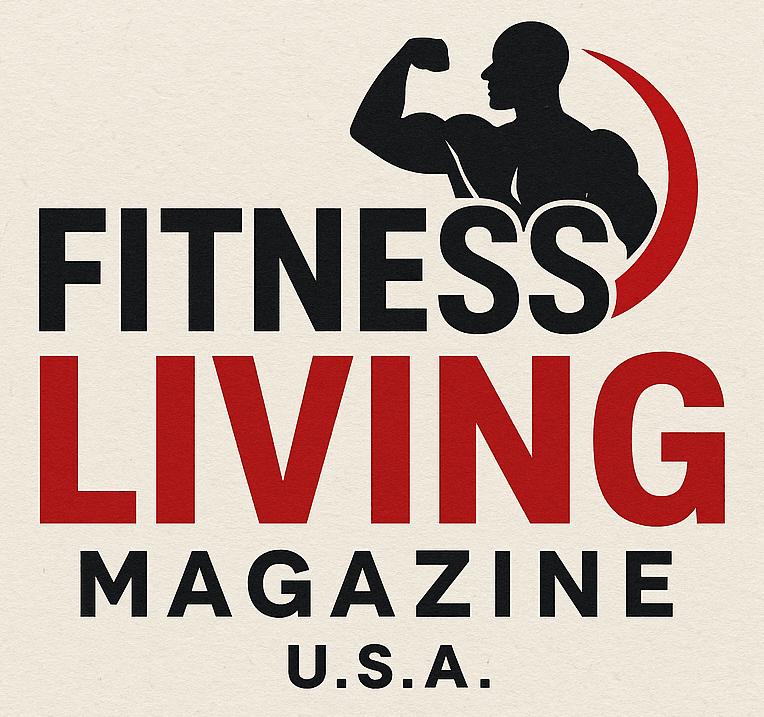
Understanding the Weight Regain Dilemma
For many striving to lose weight, the biggest adversary isn’t just the calories they consume but rather the battle against their body’s natural defenses. Research indicates that an astonishing 80 to 95% of dieters regain the weight they lose. This tendency is driven by a physiological phenomenon referred to as the "weight set point," a combination of genetics, hormones, and lifestyle factors that determine the body's preferred weight, making sustainable weight loss incredibly challenging.
How Dieting Alters Metabolism
When you embark on a diet that significantly decreases your calorie intake, your body reacts by slowing down its metabolic rate. According to experts, this means that as you take in fewer calories, your body becomes more efficient at using energy, which can ultimately stall weight loss and lead to weight regain once normal eating resumes. This metabolic adaptation is a defense mechanism aimed at conserving energy, making it easier to regain weight post-diet, especially after very low-calorie diets.
The Yo-Yo Dieting Cycle
Yo-yo dieting, or weight cycling, occurs when individuals repeatedly lose and gain weight. This cycle can pose additional health risks, including increased body fat and metabolic changes that make future weight loss efforts even more difficult. Much like constantly resetting a video game to the same difficult level, each cycle can erode your progress and make it harder to achieve long-lasting results.
Stress as a Major Factor
Stress is another intricate player in the weight regain narrative. Elevated stress levels trigger the release of cortisol, which can lead to increased appetite and cravings for unhealthy foods. Learning to manage stress through alternative methods—such as exercise, meditation, or talking to someone about your feelings—can be crucial in preventing weight regain after initial success.
The Impact of Sleep
Sleep deprivation contributes significantly to weight management challenges. Lack of adequate sleep can disrupt hormonal balance, causing fluctuations in hunger signals and appetite regulation. Prioritizing good sleep hygiene not only benefits your overall health but also plays a vital role in maintaining a healthy weight.
Taking Proactive Steps Towards Maintenance
The journey doesn’t have to end with the scale. Engaging in regular moderate to vigorous physical activity can help maintain your weight loss while boosting your mood and energy levels. Incorporate both aerobic and resistance exercises into your routine; this balanced approach works best for maintaining weight and preventing rebound weight gain. Moreover, developing healthy eating habits alongside consistent exercise will yield the best results in sustaining weight loss long-term.
Support Systems Matter
Creating a support system can enhance your weight maintenance journey. Friends, family, or professional groups can provide encouragement and accountability. Studies suggest that participating in structured programs or support groups significantly increases the chances of maintaining weight loss after dieting. Remember, it’s not just about losing weight; it’s about keeping it off and making sustainable lifestyle changes that become part of your daily routine.
Ultimately, maintaining weight loss is a lifelong commitment. It is crucial to grant yourself grace during this process and recognize that fluctuations in weight can occur without defining your progress. Understanding the psychology and physiology of weight management will help simplify your efforts and contribute to enduring success on your health journey.
To enhance your fitness journey and maintain the weight loss you worked hard to achieve, consider creating a sustainable routine that involves a balanced diet, regular exercise, and adequate support. Each step you take is a step toward lasting health!
 Add Row
Add Row  Add
Add 



Write A Comment